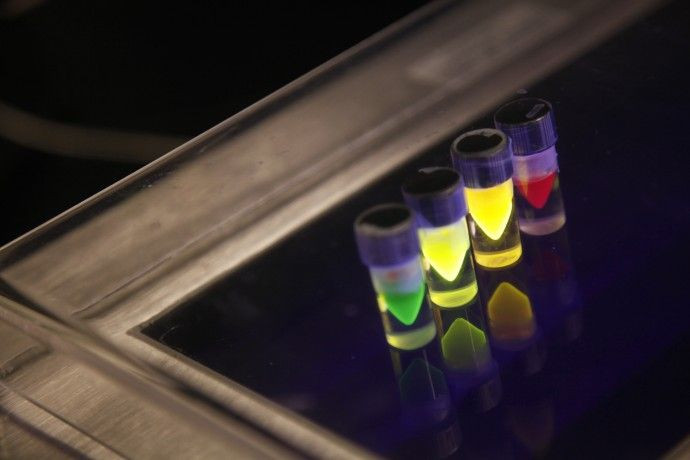Plasmonic biosensor developed to detect live viruses

Researchers in the United States have developed a new biosensor from plasmonic nanohole arrays to detect dangerous viruses like Ebola and Marburg.
The tool could be used in developing nations, airports and other places where natural or man-made outbreaks could erupt.
Recent years have seen outbreaks of fast-spreading viral diseases from bird flu to H1N1, which have sparked concern of pandemics similar to the 1918 Spanish Flu that caused more than 50 million deaths.
The new biosensor is the first to detect intact viruses by exploiting plasmonic nanohole arrays, or arrays of apertures with diameters of about 200 to 350 nanometers on metallic films that transmit light more strongly at certain wavelengths.
According to the researchers from Boston University, when a live virus in a sample solution, such as blood or serum, binds to the sensor surface, the refractive index in the close vicinity of the sensor changes, causing a detectable shift in the resonance frequency of the light transmitted through the nanoholes. This shift can then be measured to identify the presence and concentration of the virus in the solution.
The device not only can detect the presence of the intact viruses in the analyzed samples, but also indicate the intensity of the infection process, the researchers said.
By enabling ultra-portable and fast detection, our technology can directly impact the course of our reaction against bio-terrorism threats and dramatically improve our capability to confine viral outbreaks, said Assistant Professor Hatice Altug of the Boston University College of Engineering.
The researchers have already used the device to detect dangerous viruses such as Ebola and smallpox.
Our platform can be easily adapted for point-of-care diagnostics to detect a broad range of viral pathogens in resource-limited clinical settings at the far corners of the world, in defense and homeland security applications as well as in civilian settings such as airports, said Altug.
The researchers are now working on a highly portable version of their biosensor platform using microfluidic technology.
© Copyright IBTimes 2024. All rights reserved.





















